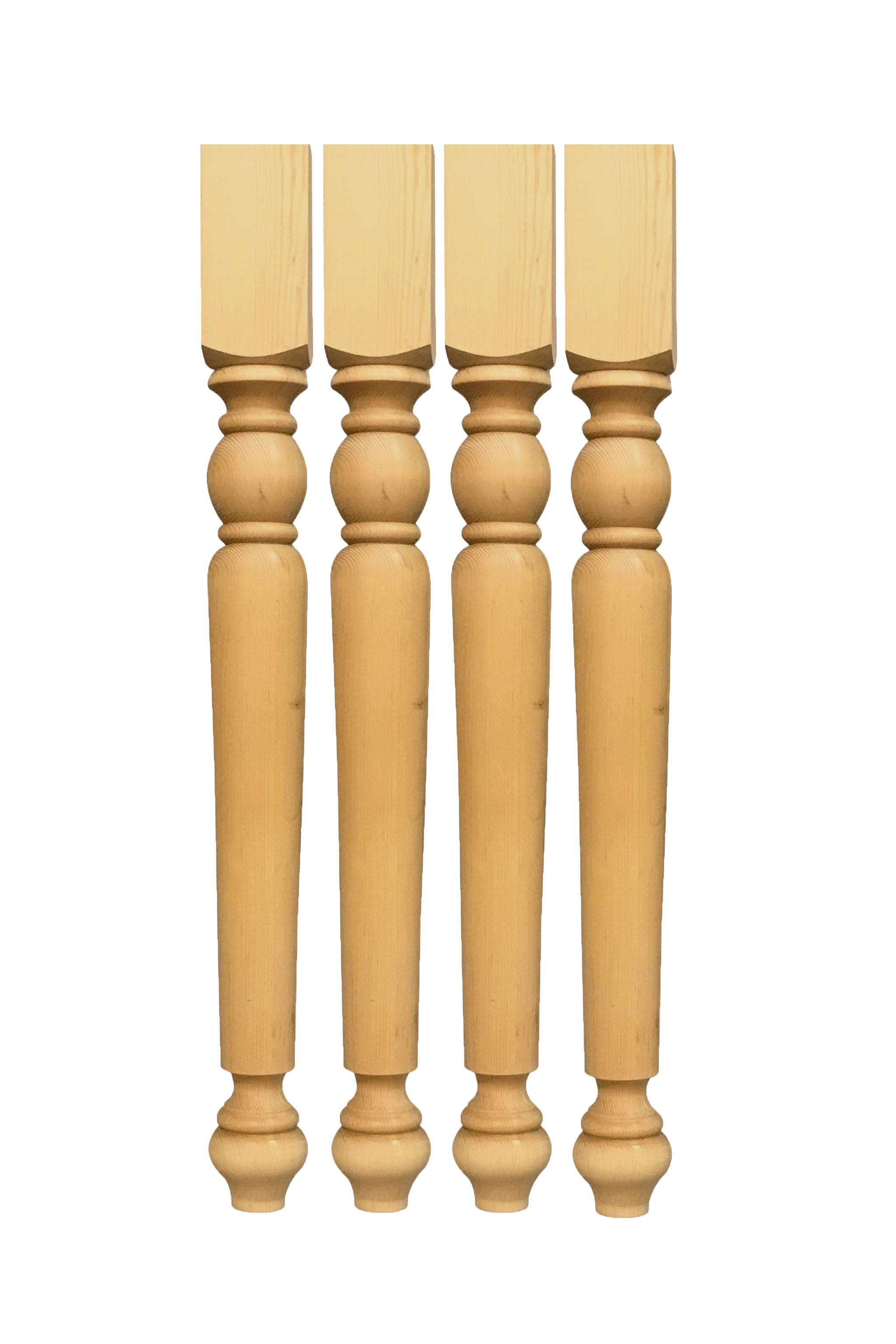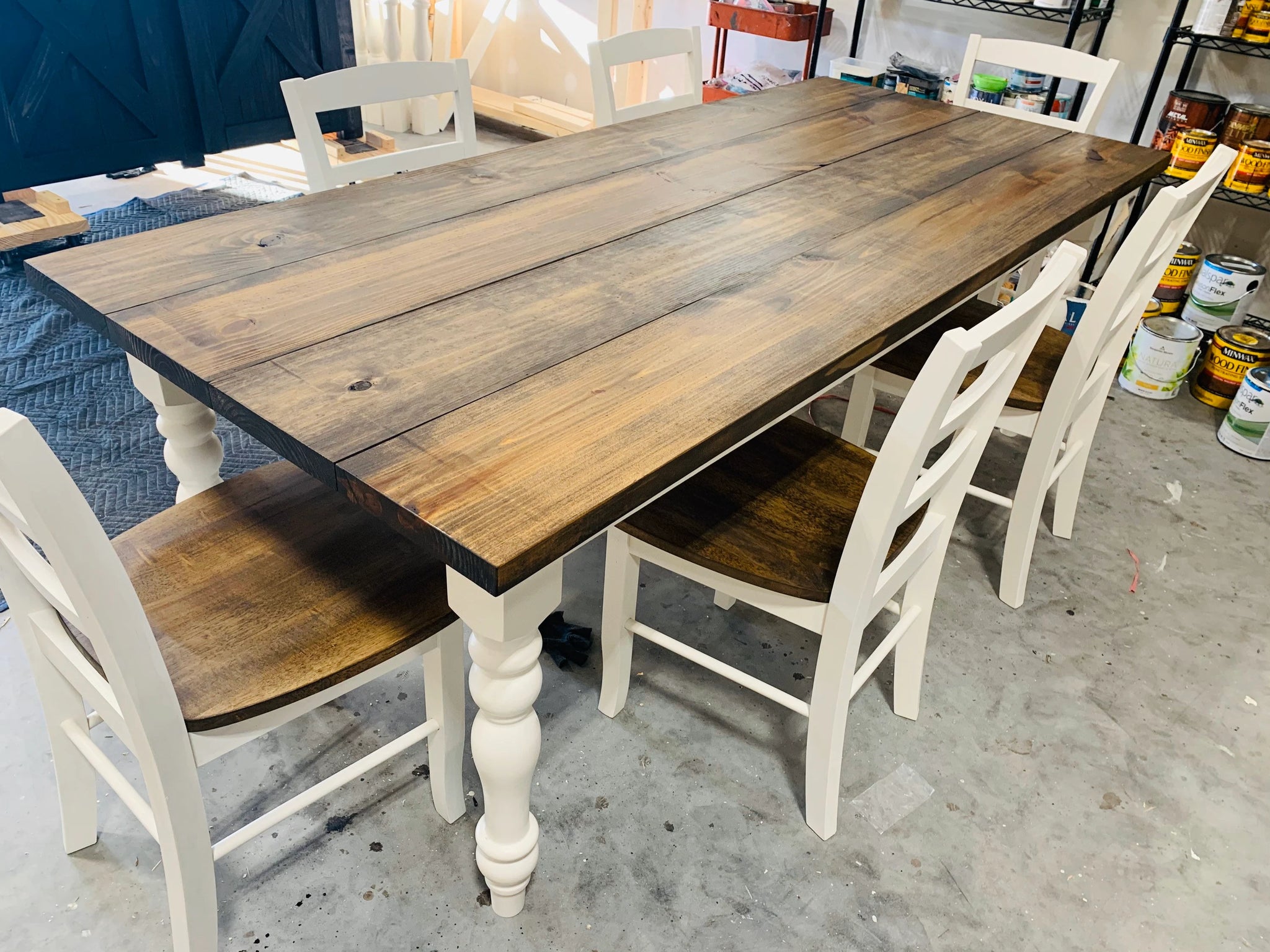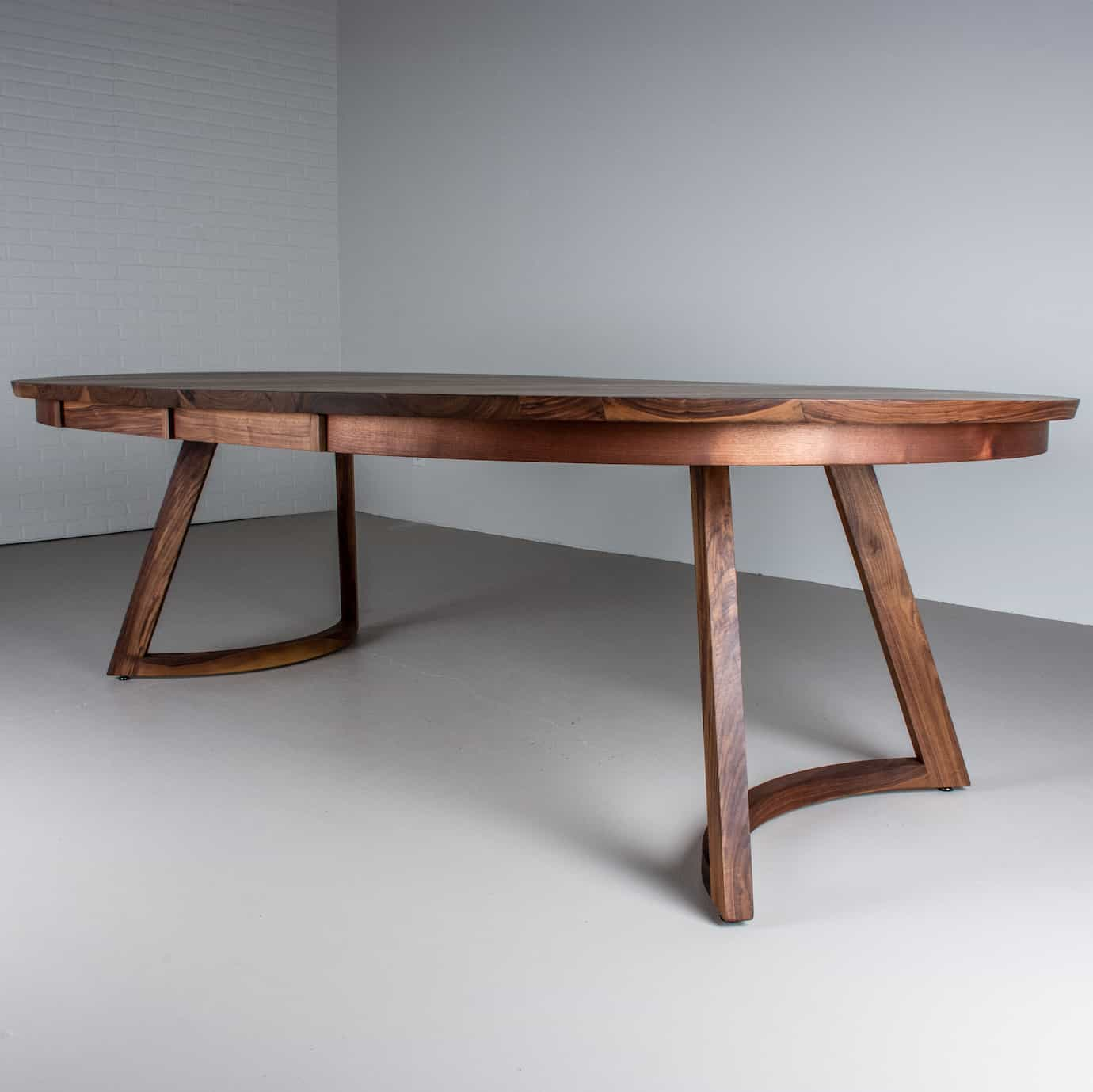Boost Your Dining Room's Visual with High-Quality Dining Table Legs Wood
Boost Your Dining Room's Visual with High-Quality Dining Table Legs Wood
Blog Article
Checking Out the Various Kinds Of Eating Table Legs Timber for Your Dining Room
The choice of eating table legs timber can exceptionally impact both the visual and practical qualities of your dining room. Solid wood alternatives, such as oak and walnut, give a traditional look with unparalleled longevity, while engineered timber choices supply cutting-edge layouts that imitate the splendor of natural grains. In addition, the growing fad of redeemed timber presents a lasting component that appeals to eco conscious consumers. As we discover these numerous choices, it comes to be vital to think about not only the visual charm yet also the functional effects of each product choice. What aspects should guide your decision?
Strong Timber Options

Unlike crafted products, strong timber is less susceptible to warping and damage over time when effectively kept. Each item of strong wood is special, showcasing private attributes that add to the appeal and character of the dining table.
Additionally, solid wood can be completed in many methods, ranging from natural oils to stained coatings, permitting home owners to customize their furniture to match their design. In summary, picking strong wood for dining table legs not just makes sure architectural honesty yet also enhances the visual allure of the dining area, making it a worthwhile investment for any kind of home.
Engineered Timber Alternatives

Plywood, constructed from multiple layers of timber veneer, is secure and specifically strong, making it an excellent selection for eating table legs. Its layered structure allows it to endure changes in moisture and temperature level better than typical strong timber. MDF, on the various other hand, supplies a smooth surface for painting or veneering, enabling developers to attain a polished look while preserving structural stability.
When selecting engineered timber options, it is crucial to consider the intended usage and preferred aesthetic. These materials not just enhance the capability of eating rooms however additionally permit for higher style adaptability, ensuring that standard and contemporary styles can exist side-by-side harmoniously.
Reclaimed Timber Features
Redeemed wood provides a distinct blend of sustainability and character, making it an increasingly popular selection for dining table legs. Sourced from old barns, factories, and various other structures, reclaimed timber symbolizes a background that brand-new products simply can not reproduce. Each piece lugs its own tale, noted by distinct flaws, knots, and differing grain patterns, which add to a table's unique aesthetic appeal.
In addition to its visual appeal, recovered wood is an eco-friendly choice. By repurposing formerly made use of products, it minimizes the demand for brand-new lumber, hence aiding to preserve forests and lessen waste. This lines up with an expanding consumer preference for lasting practices in furnishings.
Moreover, recovered timber is often a lot more durable than newly harvested wood because of its age. The natural drying procedure that recovered timber undergoes lead to a denser and more powerful product, making it much less susceptible to bending and splitting. This improves the long life of dining tables, permitting them to endure the roughness of day-to-day usage.
Softwood vs. Wood
When selecting dining table legs, comprehending the differences between softwood and hardwood is important for achieving both visual and functional objectives. Softwoods, stemmed from coniferous trees, such as ache and cedar, are identified by their lighter weight and convenience of adjustment. They usually exhibit a try these out more rustic look, making them appropriate for informal or country-style dining rooms. Softwoods are normally much less resilient than hardwoods, which can be a consideration for households or those seeking durability in their furniture.
On the various other hand, hardwoods, sourced from deciduous trees like oak, maple, and cherry, are renowned for their density, stamina, and sturdiness. The elaborate grain patterns and rich colors of hardwoods give a timeless and sophisticated appeal, making them optimal for official dining setups. While woods have a tendency to be much more expensive and much heavier, their durability against wear and tear typically validates the investment.
Inevitably, the option between softwood and wood for eating table legs need to align with your design vision, use needs, and spending plan, my explanation guaranteeing that your dining area mirrors your personal design while continuing to be useful in time.

Therapies and surfaces
The visual allure and longevity of table legs can be significantly enhanced via numerous coatings and therapies. These processes not only safeguard the wood from damage however likewise boost its look, enabling it to enhance varied indoor styles.
One common treatment is tarnishing, which permeates the timber and enhances its all-natural grain while including color. Stains offer a rich, stylish look, enabling house owners to match their furnishings with existing style. On the other hand, clear finishes such as polyurethane or varnish produce a protective layer without modifying the timber's original hue, ensuring sturdiness versus deterioration.
Furthermore, natural oils, like tung or linseed oil, nurture the wood and provide a subtle sheen, all while being green. These oils permit the surface to take a breath, protecting against dampness buildup and prospective warping.
For those seeking a rustic appeal, distressed or weather-beaten coatings can be used to develop an aged look, adding character to the piece. Eventually, the option of coatings and therapies relies on individual preference, wanted visual appeals, and the visit this page certain wood type, making it necessary to take into consideration these factors when picking eating table legs for your room.
Final Thought
Solid woods, crafted options, and recovered choices each deal unique advantages, providing to various preferences and requirements. Inevitably, the choice of timber type should align with preferred design, durability, and ecological considerations, improving the overall eating experience.
The option of dining table legs timber can exceptionally influence both the practical and aesthetic high qualities of your dining room - Dining Table Legs Wood. Strong wood options, such as oak and walnut, supply a traditional appearance with unparalleled durability, while crafted wood options provide ingenious designs that simulate the splendor of all-natural grains. Solid wood provides a timeless quality that can raise the total style of a dining room. Each item of solid timber is special, showcasing individual characteristics that include to the appeal and personality of the dining table
Furthermore, redeemed wood is commonly more resilient than newly gathered timber due to its age.
Report this page